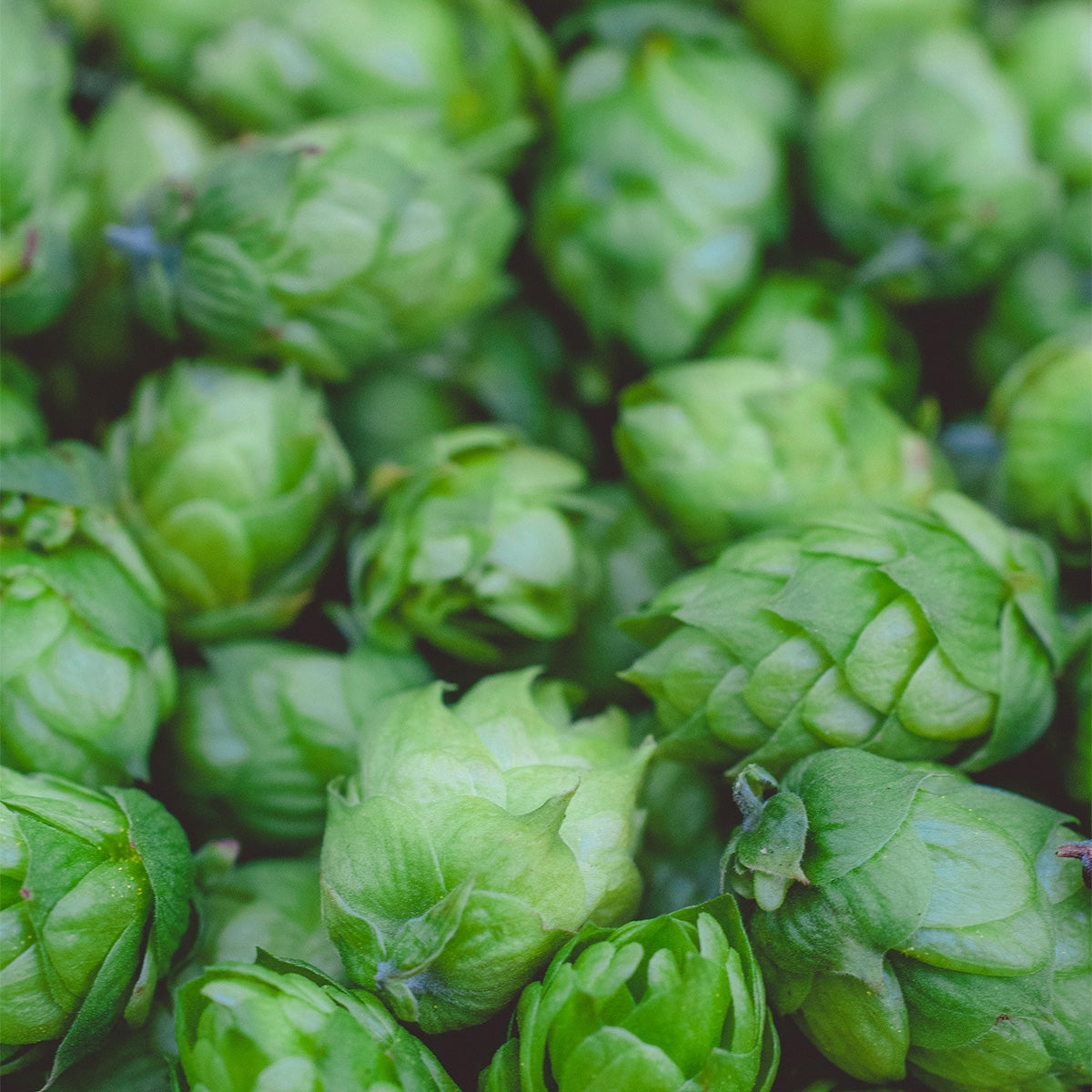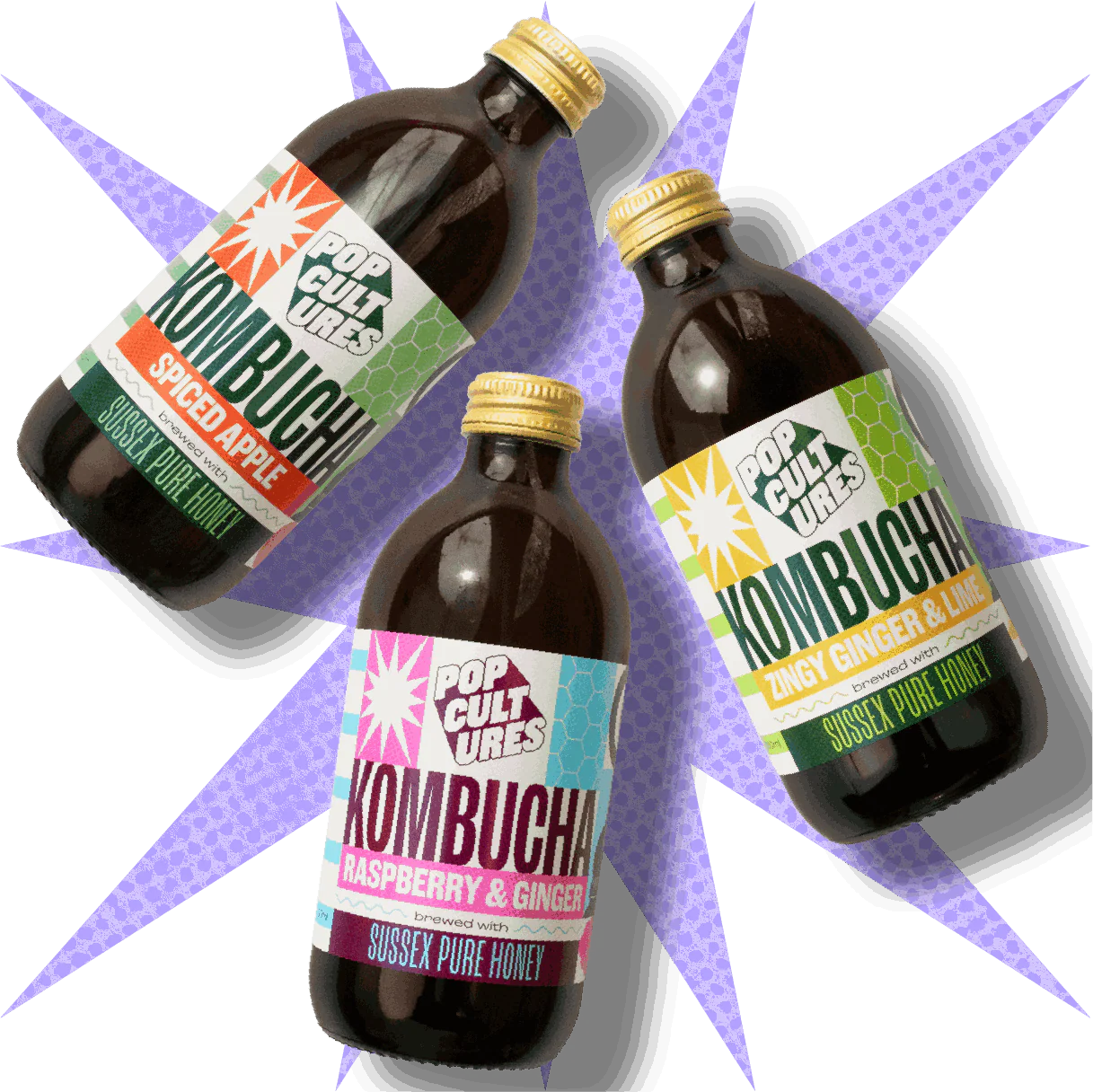Over the past few years, there has been a surge in the popularity of non-alcoholic and low-alcohol wines. People are increasingly looking for healthier and more mindful alternatives to traditional wines. However, with so many options available in the market, it can be challenging to choose the right one. In this article, we will guide you through the process of selecting a good quality non-alcoholic or low-alcohol wine.
Understanding Non-Alcoholic and Low Alcohol Wine
Before we dive into choosing a good quality non-alcoholic or low-alcohol wine, let's first understand what they are and how they are made.
What is Non-Alcoholic Wine?
Non-alcoholic wine is a type of wine that has been dealcoholized. This means the alcohol content has been removed through distillation, filtration, or reverse osmosis. Non-alcoholic wine can have up to 0.5% alcohol by volume (ABV), significantly lower than traditional wines.
What is Low Alcohol Wine?
Low-alcohol wine is a type of wine that has a lower alcohol content than traditional wines. The alcohol content in low-alcohol wine is typically between 0.5% to 8.5% ABV. Low-alcohol wine is made by harvesting grapes earlier in the season or stopping the fermentation process earlier than usual.
What is the Difference Between Non-Alcoholic and Low Alcohol Wine?
The main difference between non-alcoholic and low-alcohol wine is their alcohol content. Non-alcoholic wine has less than 0.5% ABV, while low-alcohol wine has an alcohol content of up to 8.5% ABV. Non-alcoholic wine is also made through a process of dealcoholization, while low-alcohol wine is produced by controlling the fermentation process.
Factors to Consider When Choosing Non-Alcoholic or Low-Alcohol Wine
When choosing a non-alcoholic or low-alcohol wine, there are several factors that you should consider.
Grape Variety and Origin
Like traditional wines, non-alcoholic and low alcohol wines come in various grape varieties and origins. The grape variety and heritage can significantly impact the wine's flavour and aroma profile. Some popular grape varieties for non-alcoholic and low-alcohol wines include Chardonnay, Cabernet Sauvignon, and Merlot.
Alcohol Content
One of the main reasons why people choose non-alcoholic or low-alcohol wines is to reduce their alcohol intake. When selecting a non-alcoholic or low-alcohol wine, check the alcohol content. Non-alcoholic wine should have less than 0.5% ABV, while low-alcohol wine should have an alcohol content of up to 8.5% ABV.
Flavour and Aroma Profile
The flavour and aroma profile of non-alcoholic and low-alcohol wines can vary significantly. When choosing a wine, consider the flavours and aromas that you enjoy. Some non-alcoholic and low-alcohol wines may have a fruity or floral aroma, while others may have a more complex flavour profile with oak, vanilla, or chocolate notes.
Price
Non-alcoholic and low-alcohol wines can vary in price, depending on the brand and quality. When choosing a wine, consider your budget and look for wines that offer good value for money.
Tips for Tasting and Evaluating Non-Alcoholic and Low-Alcohol Wine
Once you have chosen a non-alcoholic or low-alcohol wine, you must know how to taste and evaluate it properly.
How to Properly Taste Non-Alcoholic and Low-Alcohol Wine
To properly taste non-alcoholic or low-alcohol wine, follow these steps:
- Look at the wine: Hold the glass up to the light and observe the colour and clarity of the wine. Non-alcoholic and low-alcohol wines can have a slightly different colour and clarity than traditional wines.
- Smell the wine: Swirl the glass to release the aromas and take a deep breath. Non-alcoholic and low-alcohol wines can have a different aroma profile than traditional wines.
- Taste the wine: Take a small sip and let it sit in your mouth for a few seconds. Notice the different flavours and textures.
- Evaluate the finish: The finish is the aftertaste you experience after swallowing the wine. Non-alcoholic and low-alcohol wines can have a shorter finish than traditional wines.
Critical Differences in Tasting Non-Alcoholic and Low-Alcohol Wine
Tasting non-alcoholic and low-alcohol wine can be slightly different from traditional wines. Here are some key differences to keep in mind:
- Non-alcoholic and low-alcohol wines can have a lighter body than traditional wines.
- The acidity in non-alcoholic and low-alcohol wines can be slightly higher, giving them a somewhat different taste.
- Non-alcoholic and low-alcohol wines can have less complexity and depth than traditional wines.
Recommended Brands and Products
Many non-alcoholic and low-alcohol wine brands and products are available in the market. Here are some of our top recommendations:
- Ariel Vineyards
Ariel Vineyards is a leading brand of non-alcoholic wines that offers a variety of grape varieties and flavours. Their wines have won numerous awards and are known for their rich and complex flavours.
- Sutter Home Fre
Sutter Home Fre is a popular brand of low-alcohol wines that offers a variety of grape varieties and flavours. Their wines have an alcohol content of less than 0.5% ABV and are known for their refreshing and light taste.
- Torres Natureo
Torres Natureo is a Spanish brand of non-alcoholic wines that offers a variety of grape varieties and flavours. Their wines have an alcohol content of less than 0.5% ABV and are known for their fruity and fresh taste.
Conclusion
Non-alcoholic and low-alcohol wines are an excellent alternative for those who want to reduce their alcohol intake without sacrificing flavour and taste. When choosing a non-alcoholic or low-alcohol wine, consider the grape variety and origin, alcohol content, flavour and aroma profile, and price. And remember to properly taste and evaluate the wine before making a final decision. With these tips, you can enjoy a great glass of non-alcoholic or low-alcohol wine!








